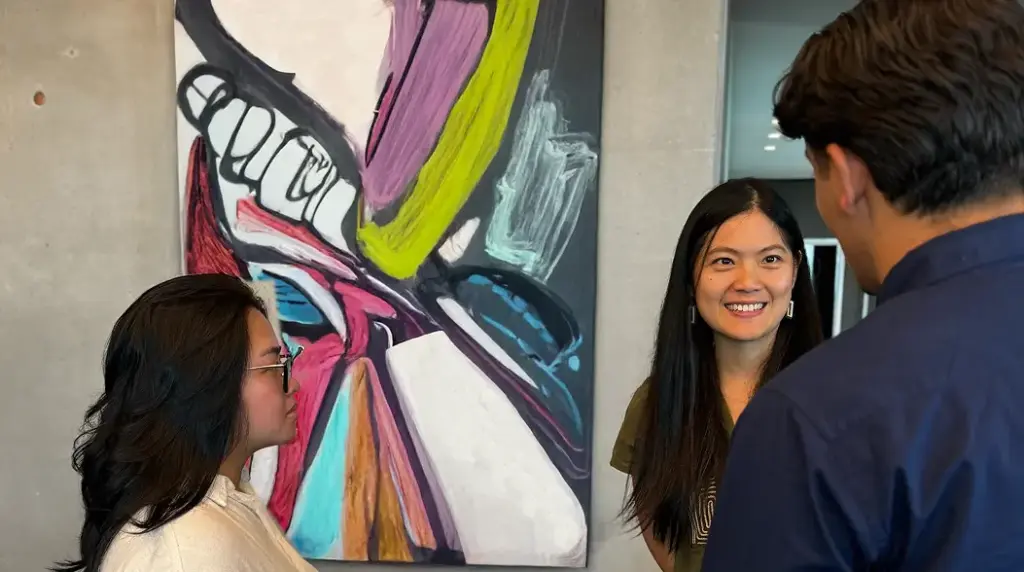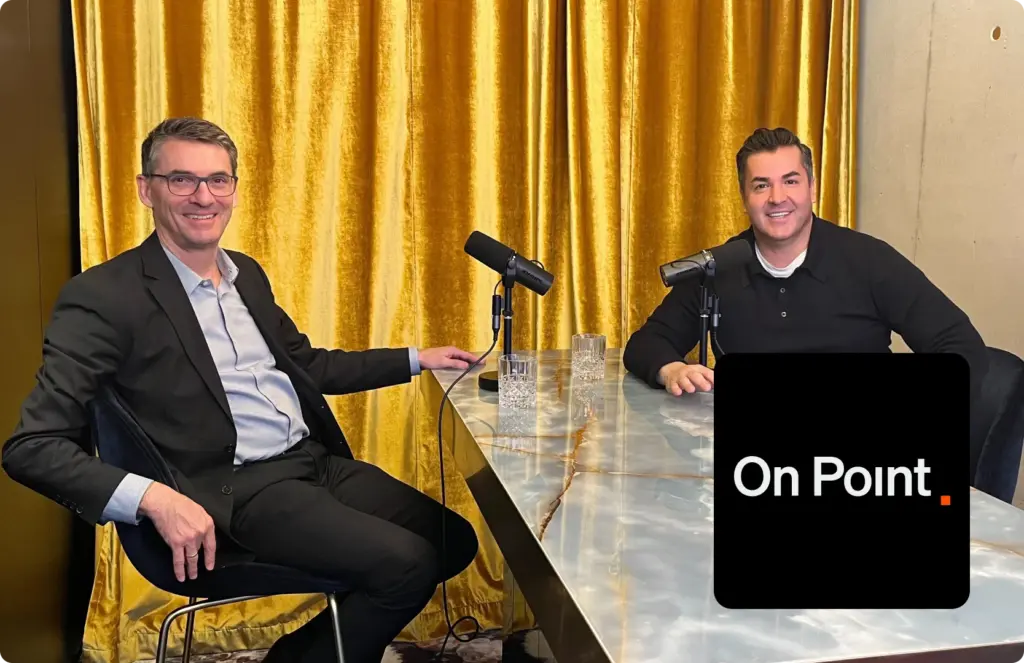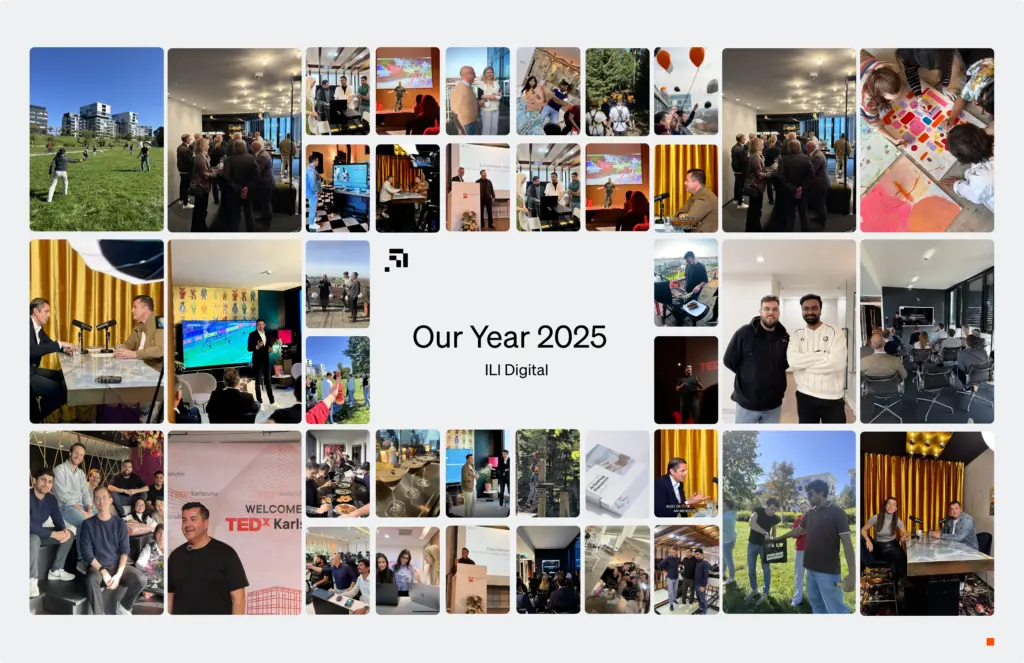In an era where artificial intelligence is reshaping every aspect of business, one question continues to spark intense debate: Can technology truly enhance human-centered leadership, or will it inevitably replace the human touch that makes great organizations thrive?
In the fifth episode of On Point, our CEO Dr. Serhan Ili sits down with Filiz Albrecht, Member of the Board of Management and Director of Industrial Relations at Robert Bosch GmbH, to explore this very question. What emerges is a compelling vision of how HR and artificial intelligence can work together to create more human, not less human, workplaces.
This On Point podcast episode with Filiz Albrecht is conducted in German.
The insights shared below reflect the key takeaways from this thought-provoking conversation about the future of People & Culture in the age of AI.
From Control to Connection: Redefining HR’s Role in the Digital Age
For Filiz Albrecht, who has spent decades shaping organizational culture across major automotive companies, the answer is crystal clear: HR ist kein Kontrollinstrument (HR is not a control instrument). Instead, it’s a field dedicated to accompanying people, recognizing potential, and opening doors rather than closing them.
This perspective challenges the traditional view of HR as a gatekeeping function. “Development doesn’t happen through regulations, but through trust and self-responsibility,” Albrecht explains. It’s this fundamental shift in thinking that makes the integration of AI not just possible, but powerful.
When we stop viewing HR technology as a replacement for human judgment and start seeing it as a tool for amplification, everything changes. AI can streamline processes, recognize patterns, and create time, thereby enabling space for what truly matters: conversations, reflection, and the development of people and organizations.
The Four Pillars of Human-Centered AI in HR
1. AI Enhances, Never Replaces Human Insight
Warum KI HR nicht ersetzt, sondern ergänzt (Why AI doesn’t replace HR, but complements it) became a central theme of the conversation. Albrecht emphasizes that while AI excels at processing data and identifying trends, it cannot replicate the nuanced understanding that comes from genuine human connection.
AI can help HR professionals:
- Analyze engagement patterns across teams
- Identify skill gaps before they become critical
- Streamline administrative processes
- Surface insights from employee feedback
But it’s the human touch that interprets these insights within context, builds trust with employees, and creates the psychological safety necessary for authentic feedback and growth.
2. Leadership at Eye Level: Führung auf Augenhöhe
Modern leadership isn’t about having all the answers, it’s about creating environments where the best answers can emerge. Albrecht discusses how Führung auf Augenhöhe (leadership at eye level) represents a fundamental shift from hierarchical command-and-control structures to collaborative, trust-based relationships.
This approach recognizes that in our rapidly changing world, expertise and innovation can come from anywhere in the organization. Leaders who embrace this mindset use technology not to monitor or control, but to facilitate better communication, more effective collaboration, and deeper understanding across all levels of the organization.
3. Building Human-Centered Corporate Culture
Welche Haltung es für eine menschliche Unternehmenskultur braucht (What attitude is needed for a human corporate culture) goes beyond policies and procedures. It requires a fundamental commitment to seeing technology as an enabler of human potential, not a replacement for it.
This means:
- Designing AI systems that enhance employee autonomy rather than restrict it
- Using data to understand and support employee well-being
- Creating feedback loops that prioritize learning over evaluation
- Building systems that celebrate diverse perspectives and approaches
4. Bridging Generational Divides Through Understanding
One of the most practical insights from the conversation addresses a challenge every modern organization faces: Weshalb Konflikte zwischen Generationen oft nur Missverständnisse sind, und wie Zuhören Brücken baut (Why conflicts between generations are often just misunderstandings, and how listening builds bridges).
Albrecht points out that what we often perceive as generational conflicts are frequently communication gaps that technology can help bridge. AI-powered tools can help translate different communication styles, preferences, and working methods, creating common ground for collaboration across age groups.
The key is using technology to facilitate better listening, not to eliminate the need for human understanding.
The ILI Digital Approach: Technology That Strengthens Humanity
This conversation reinforces our core belief at ILI Digital: Technologie ist dann am wirkungsvollsten, wenn sie den Menschen stärkt (Technology is most effective when it strengthens people, not replaces them).
We develop technological solutions that are not only efficient but also human-centered, helping companies become not just more digital, but more human. This isn’t about slowing down innovation, it’s about ensuring that innovation serves human flourishing.
Key Takeaways for Business Leaders
- Reframe the Question: Instead of asking “What can AI do for HR?” ask “How can AI help us be more human in our approach to people development?”
- Invest in Emotional Intelligence: As AI handles more routine tasks, the uniquely human skills of empathy, active listening, and emotional intelligence become more valuable, not less.
- Design for Trust: Every AI implementation in HR should be designed to build trust and psychological safety, not erode it.
- Listen First, Automate Second: Before implementing any HR technology, spend time truly understanding what your people need and how they prefer to work.
The Future is Human-Centered
The conversation between Dr. Serhan Ili and Filiz Albrecht reveals a crucial truth: the future of HR isn’t about choosing between human intuition and artificial intelligence. It’s about creating synergies that amplify the best of both.
Organizations that understand this will not only navigate the digital transformation more successfully but will emerge as more attractive places to work, more innovative in their approaches, and more resilient in the face of change.
As we look toward the future of work, one thing is clear: technology that serves human flourishing will always outperform technology that seeks to replace human judgment.
Ready to Explore Human-Centered AI?
This episode offers profound insights into how forward-thinking leaders are approaching the intersection of technology and humanity. Whether you’re an HR professional, a business leader, or simply someone interested in the future of work, this conversation will challenge your assumptions and inspire new possibilities.
Tune in now and discover how HR and AI can work together to create more human workplaces.





